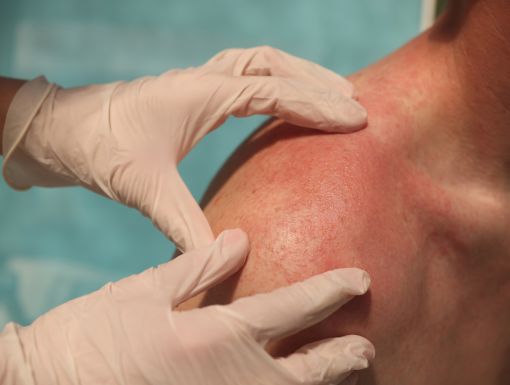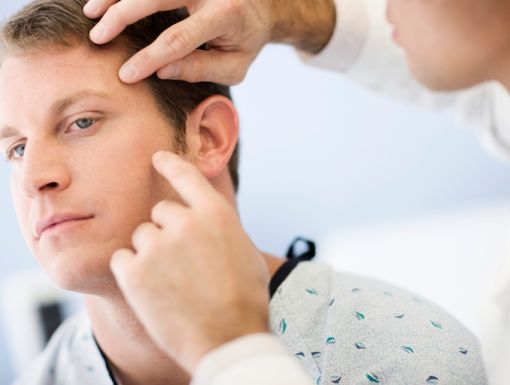
Skin Cancer in People of Color: Prevent and Detect It Early
It’s estimated that a whopping 9,500 people in the U.S. are diagnosed with skin cancer every day, making it the most common cancer in the nation. And, despite what many think, melanoma, basal cell and squamous cell carcinomas do not discriminate when it comes to skin color.
In fact, anyone can get skin cancer, no matter your skin tone. For people of color – people of African, Asian, Latin American, Mediterranean, Middle Eastern and Native American descent – skin cancer is less common but often more serious, and usually isn’t caught until it has progressed.
But when we do catch it early, it is very treatable and often curable. Read on to find out how to prevent skin cancer and what to look out for.
Sunscreen Is a Must
Everyone, no matter their skin color, should wear a broad-spectrum sunscreen with zinc oxide to block both UVA and UVB rays.
The general rule of thumb is to use one ounce of sunscreen – the amount needed to fill a shot glass – to cover exposed body parts. Don’t forget your nose, the insides of your ears and your lips, as these areas can be higher risk for skin cancer development. It’s also important to reapply it every two hours, or as directed on the label.
What to Look Out For
Monthly skin checks are important for noting changes in spots that could be skin cancer. To perform a skin check, look at your entire body in a full-length mirror or ask a partner to assist. Closely observe your skin from head to toe, including hard-to-see areas like the top of your head and back.
Have a skin spot that is concerning? Schedule an appointment with a dermatologist.
When assessing a spot or mole, use the ABCDE rule. If you notice any of the following, it’s time to see a doctor:
- Asymmetry – one half of the spot looks different from the other
- Border – the border is irregular, poorly defined or scalloped
- Color – the color isn’t consistent throughout the spot, perhaps darker or lighter in one area
- Diameter – greater than 6 millimeters, the size of a pencil eraser
- Evolving – size, shape or color looks different from the rest and is changing
Consider the following additional tips to detect skin cancer as early as possible.
- Ask a hairdresser or barber to let you know if he or she notices a growth or unusual spot on your scalp or hairline.
- Look closely at areas that get little attention, such as the bottom of your feet, toenails, lower legs, groin and buttocks.
- Consider take pictures of moles and spots with your phone to see if they have changed over time.
- Other things to look for:
- Dark spots, growths or darker patches of skin that are growing, bleeding or changing
- Sores that won’t heal – or heal and return
- Sores that take a long time to heal, especially if the sore appears in a scar or on skin that was injured in the past
- Patches of skin that feel rough and dry
- Dark lines underneath or around a fingernail or toenail
If you find any spots or changes that are concerning, make an appointment with a dermatologist, a doctor who specializes in conditions of the skin.



